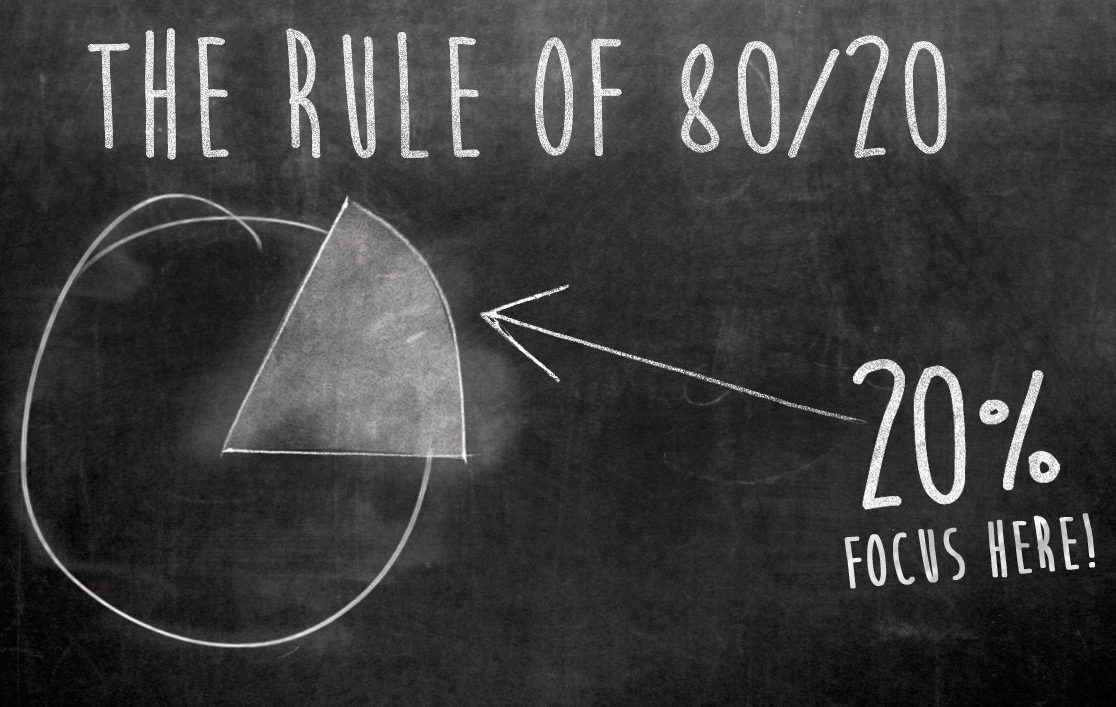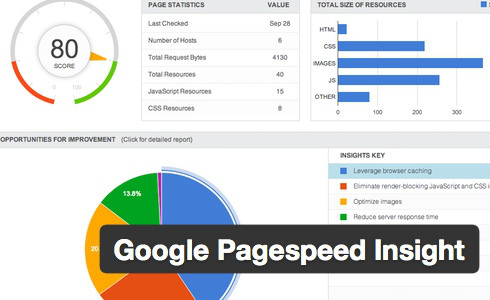What determines the success of a business?
Is it luck? Hard work? Passion?
Maybe.
All of those things are certainly important, but I think that the real “X factor” is your ability to be effective.
In other words, your ability to zero in on the most important tasks and ignore the rest.
Nowhere is this importance more obvious than in the realm of SEO.
I see so many entrepreneurs who sit around spinning their wheels with SEO, trying every possible optimization and hack in the book yet getting nowhere.
The problem is, they are focusing on the unimportant 80% instead of the critical 20% that will yield their desired results.

If you know what to focus on, technical SEO is actually really simple.
In fact, there are really only a few key tweaks you need to make in order to optimize the heck out of your website.
But first a disclaimer
Before I dive into the wizardry that is technical SEO, let me issue a little disclaimer.
You can be the best at technical SEO.
You can know everything there is to know about optimizing title tags, URLs, and responsive web design (and you will after this article).
But none of that will matter unless you pair that technical knowledge with incredible content.
Plain and simple.
As cliche as it sounds, and yes, I am silently face palming myself from behind my keyboard right now, content is king.
In the world of SEO, content is the 20% that will generate 80% of your results.
So while technical SEO is incredibly important, before you worry about any technical optimization, first focus on creating content that people want to read, share, and link to.
Because if you don’t, every ounce of effort you put into your site after reading this article will be in vain.
Now that you have been warned, here is how to do an 80/20 technical SEO audit.
Let’s get techie with it!
1. Optimize your title tags
Optimizing your title tags is one of the most important things that you can do for maximal SEO success.
Your title tag is the main text describing your online documents and is present in every page on your site from your home page to articles to service descriptions.
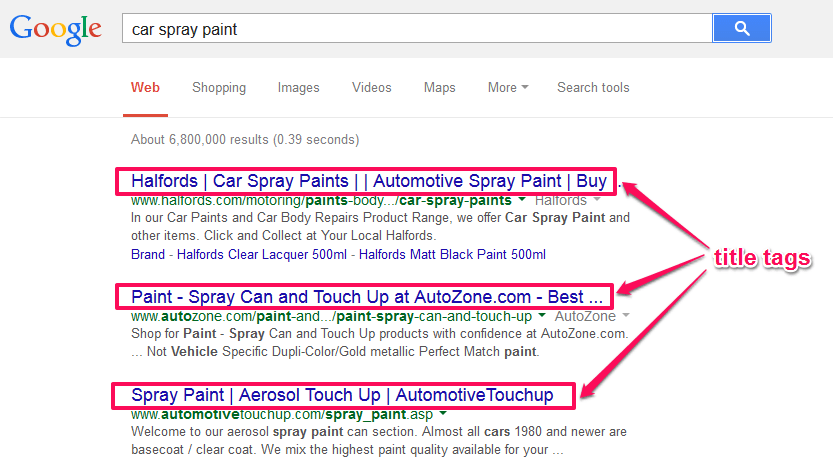
And you need to optimize the tags for every single one of these pages.
Luckily for you, this process is actually pretty straightforward.
First, you need to make sure that that your tags are the proper length.
Ideally, they should be between 50-60 characters long so that they are not cut off by search engines.
However, the quality of your titles will have a greater effect on your SEO than the length.
So never forgo an epic title just to meet search engine’s character restrictions.
Once you have crafted a killer title that (hopefully) meets the character limit, you need to make sure that your titles include important keywords as close to the front of the tag as possible.
This will improve search engine ranking and increase the odds of a user clicking on your article instead of a competitor’s.
Finally, you need to know when to use your brand name in the title tag.
Most SEO firms recommend that well-known companies place their brand name first in the title tag and focus keywords second.
However, if your brand is still growing and is not as recognizable, put your keywords first and brand name last.
2. Optimize the URLs on your site
Once your title tags are optimized, you need to make sure that you take the time to optimize the URLs on your website.
You want to ensure that there is a clear hierarchy of information in your URLs so that search engines can better process, index, and rank your content.
Let me give you a couple of examples.
First of all, here is what you do not want to do.
- seodirect.org/post/5893u58hdyz/
This URL will accomplish nothing other than to confuse search engines and make it difficult for users to find your content.
In the information hierarchy, Google will see that this URL directs users to a blog post on your site.
However, it will not be able to deduce what the post is actually about or determine its relevancy to any particular keyword.
Now let’s look at another example.
- seodirect.org/post/seo-tips/top-10-mistakes/
With the above URL, Google can very quickly and easily determine exactly what your page is about.
Here is another example.
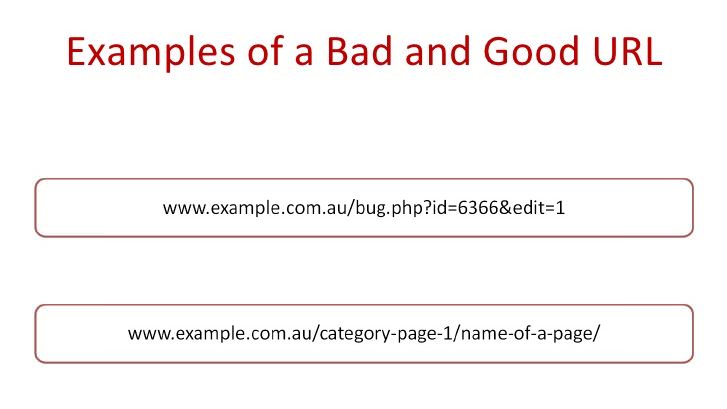
Google can see that the page is a blog post related to the topic of SEO tips.
It can then deduce that the title of the post “Top 10 Mistakes” does not pertain to the top 10 relationship, fitness, or business mistakes.
This will make it easy for Google to determine which keywords your article is relevant to, thus improving your search engine ranking.
This is an easy fix that will have a massive impact.
3. Improve your site speed
Not only does your site speed drastically affect your SEO performance, but it also affects the user experience.
We live in a world of instant gratification where people want things and they want them now!
If users are coming to your site and are forced to wait too long for a page to load, they will likely leave and find another resource to fulfill their needs.
This means improving your site speed is one of the most important things that you can do, not just for SEO, but for the overall success of your business.
The first step you need to take to improve your website’s speed is to simply review your site with Google’s web-based tool PageSpeed Insights.
It will clearly lay out the details of your site speed, give you a comprehensive score, and explain what you need to do in order to remedy any issues your site may have.
While this tool should give you all of the information that you need, here are a couple of other tips quick and easy tips.
- Make sure compression is enabled
- Enable caching
- Optimize all of your images for the web (more on this later)
- Use the fastest hosting service possible with your current budget
4. Optimize your site for mobile use with a responsive design
In recent years, the number of mobile users has quickly overtaken the number of desktop users.
This makes responsive web design a crucial component of SEO.
Now some of you might be thinking to yourselves “Hey, I already have a well designed mobile site… why do I need a responsive design?”
Here’s the thing.
Even if you have a well designed mobile site that is set up under a separate subdomain, you will still be damaging your ranking.
Using separate subdomains will damage link equity and raise some red flags for Google since you are redirecting traffic from the original URL without informing users.
And, using a responsive design instead of a separate mobile design will keep the design and flow of your site congruent and simple.
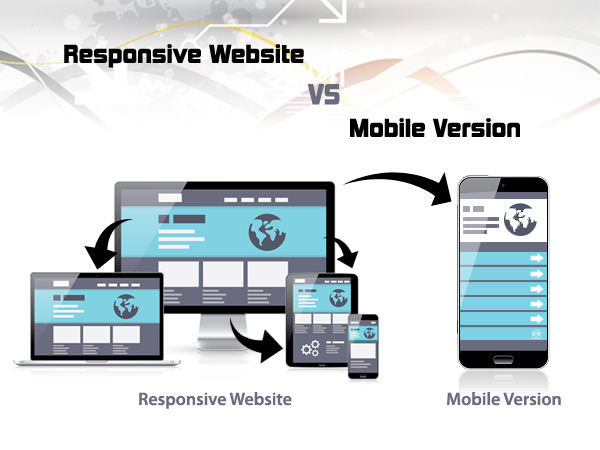
While creating a responsive design might seem like a technical nightmare for some of you, it is actually a lot simpler than you might think.
And, if you cannot be asked designing the site on your own, it is possible to hire a team to create a beautiful responsive design for a (relatively) low price.
5. Optimize your images for search engines
This is a very simple step, but many people underestimate just how important it can be.
Most marketers are becoming increasingly reliant on stunning visuals to share messages and sell products.
And this is a good thing.
After all, the human brain evolved to respond to pictures and videos, not text.
And while this new marketing trend might take advantage of our evolutionary wiring, many marketers forget the importance of optimizing their images for search engines.
To Google, an image is an image is an image.
It doesn’t matter whether it is a stunning masterpiece or a third grader’s finger painting project.
Unless you take the necessary steps to optimize your images, they will not boost your ranking in any way.
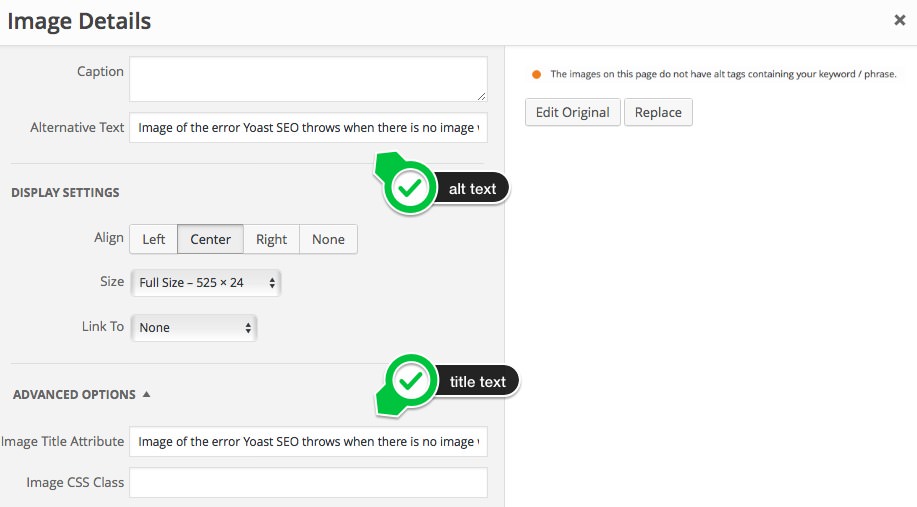
According to Salman Aslam, CMO of Omnicore.
“A lot of people are using images with beautiful fonts and strong colors to make the page appealing, but to Google, it’s just an image.”
Aslam suggests that you use a combination of Web fonts, HTML and CSS so that you can “Retain the beauty and achieve good SEO by creating all of the text elements within a banner as ‘live text.’”
I know that this step might feel like unnecessary extra work, however, it will have a huge impact on your ranking.
Conclusion
By focusing only on the above 5 aspects of your technical SEO, you can quickly and easily improve your ranking without having to focus on tedious and unnecessary optimizations.
And what is even better, is that while you leave the minutiae-focused SEO approach to your competitors, you will have more time to focus on other important aspects of your business.
You can use this newfound free time to focus on your sales, blogging, lead generation, or customer support.
It’s up to you.
What technical SEO hacks have you found that drastically improve your ranking?
